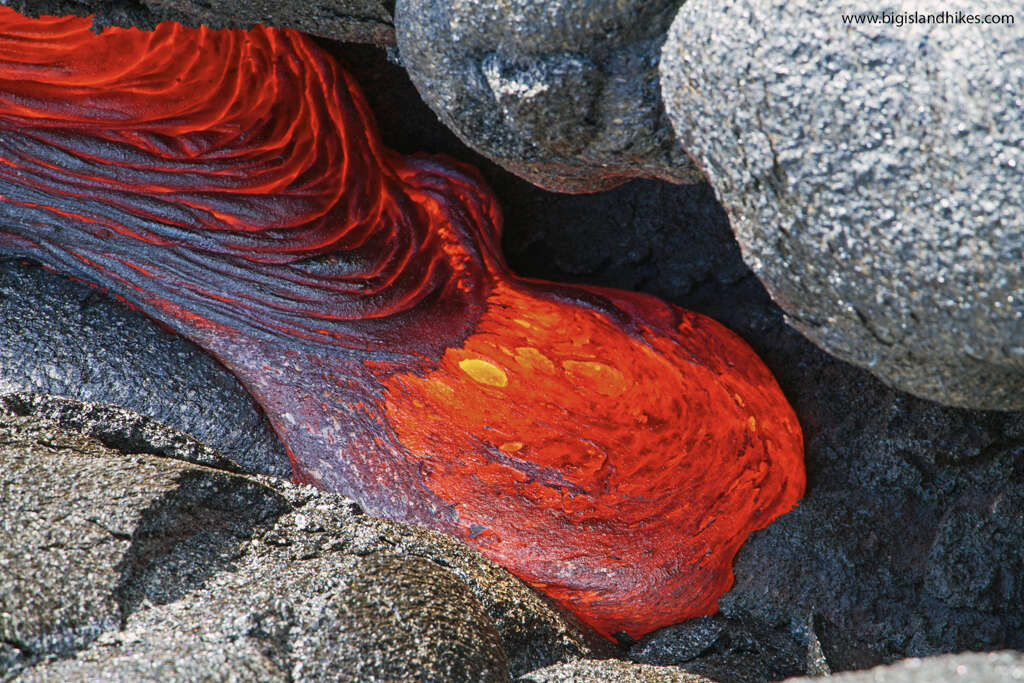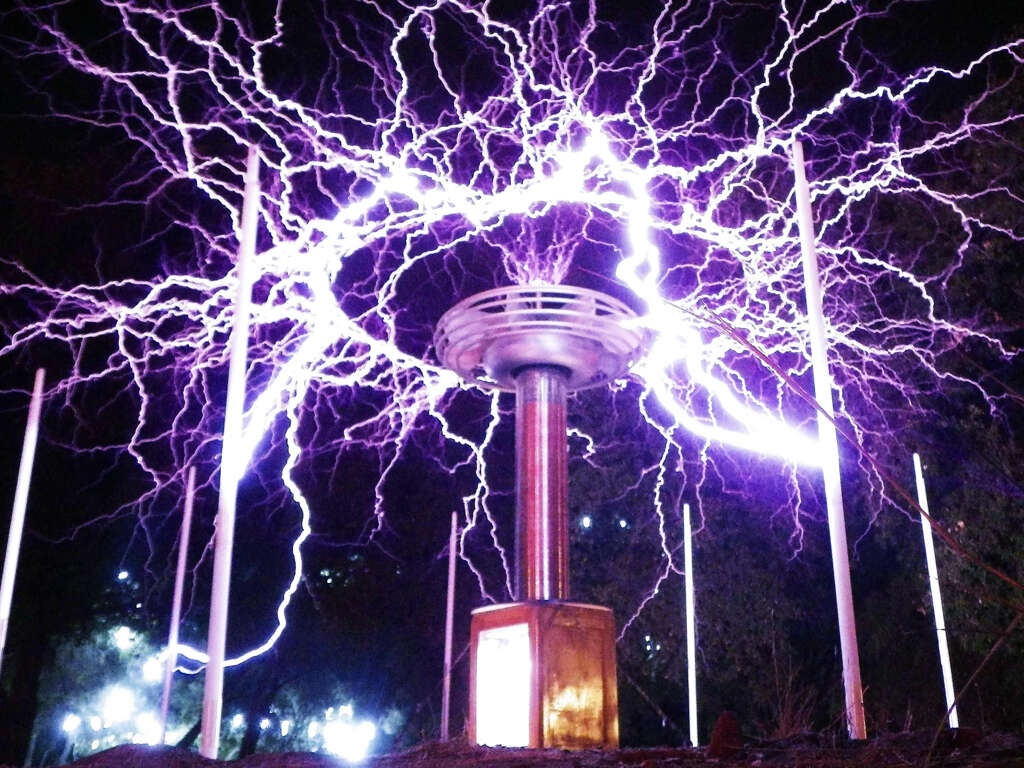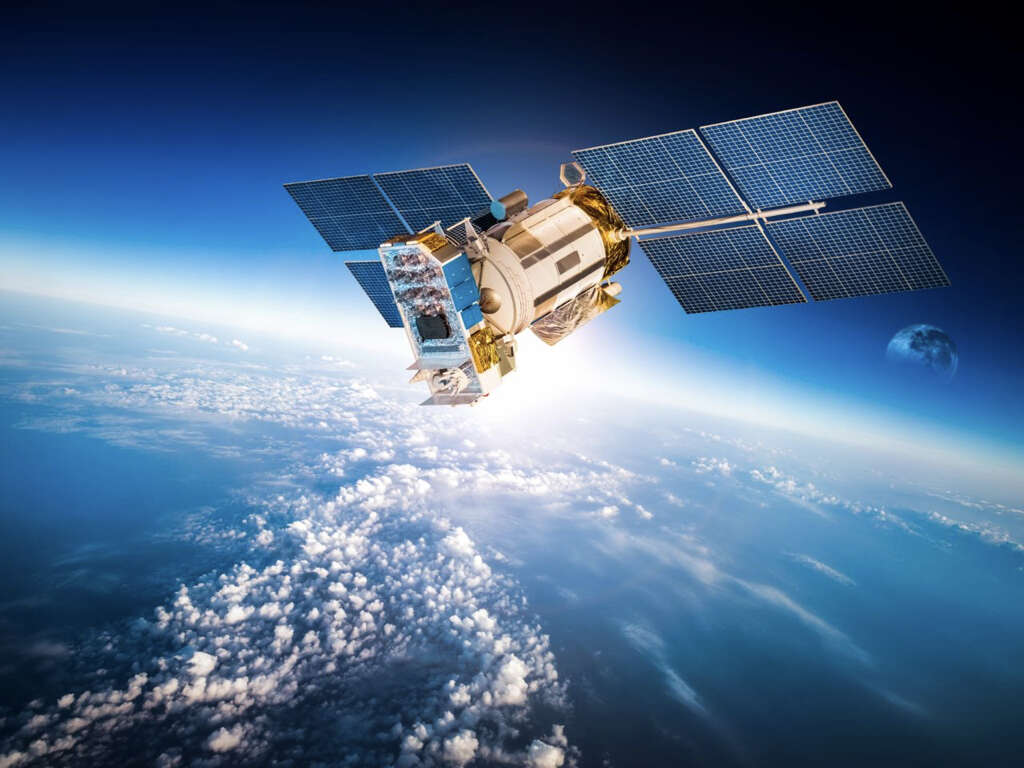What Is Magma?
9. Lava
When magma finally erupts on to the surface, it is then referred to as lava. As mentioned, viscosity has a strong influence on how the lava will flow when it erupts. When it has low viscosity, it can flow for great distances, leaving behind a gentle slope up to its eruption point.
Advertisement
This lava eventually stops and cools to form volcanic rocks like basalt, rhyolite, and andesite. With high viscosity, the thick lava will pile high, building a high vent with little flow outward. Sometimes, the vent will even close over, creating a plug that may later cause a violent eruption due to temperature and pressure buildup beneath.
Advertisement

Advertisement





